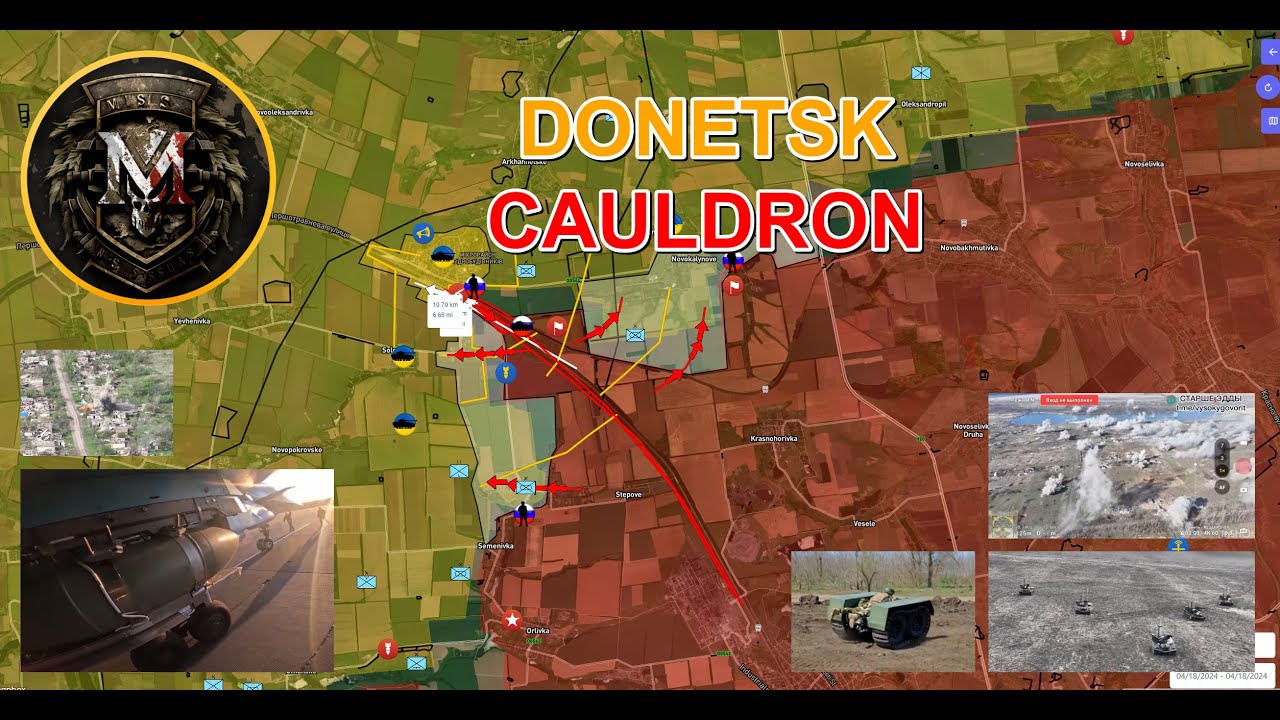Roll Out of US Military Technologies Revelation : it seems Russia Can't Seem to Match
Military Update : Roll Out US Military Technologies Revelation : it seems Russia Can't Seem to Match
(Video/Thumbnail Picture just For Ilustration)
The U.S.’s weapons of the future
Lasers, railguns, hypersonic missiles and stealth airplanes — those aren’t sci-fi weapons; they’re the future of U.S. military technology.
Here’s the latest under development:
Aircraft
Northrop Grumman Corp.’s NOC, +0.79% B-21 Raider, shown above, is the B-2’s younger and more advanced brother. This bad boy, already nicknamed the “21st century’s first bomber,” is expected to enter service by 2025 and replace the B-2, as well as the B-1 and B-52. Its job will be to deliver conventional long-range and thermonuclear weapons, gather intelligence and intercept enemy airplanes. Officials are tight-lipped about features. There are rumors that it could operate with or without a pilot, and once launched from the U.S., the aircraft will be capable of striking any target around the world without refueling. The estimated cost of the project hasn’t been released, and the head of the U.S. Air Force Global Strike Command envisions up to 200 bombers in service.
Boeing
A rendering of the DARPA XS-1.
Space planes
The DARPA Experimental Spaceplane program (formerly known as XS-1) is an experimental hypersonic (faster-than-sound) spacecraft that could be launched as many as 10 days straight, as it would require less servicing than current models. Boeing Co. BA, +0.88% is currently designing the vehicle and working closely with DARPA. The spaceplane, also known as the Phantom Express, will be powered by an Aerojet Rocketdyne AR-22 engine using liquid oxygen and liquid hydrogen propellants. Once it reaches orbit, the aircraft will be able to deploy 3,000 pounds of payload — most likely a smaller satellite. Once its mission is complete, the Phantom Express will land on a runway, horizontally, just like an airplane. Unlike a conventional model, though, the new carrier would be ready to take off again within hours. This would enable it to disrupt the current satellite launch procedure, which in the end is its main purpose. The first tests are scheduled for 2020.
Behind the moniker SR-72 hides Lockheed Martin Corp.’s LMT, +1.36% hypersonic unmanned aerial vehicle (UAV), intended to provide timely, accurate and relevant intelligence during military operations. To prevent enemies from detecting or intercepting it, the SR-72 will rely on extremely high velocity (4,000 mph, also known as mach 6, or six times faster than the speed of sound). To reach those speeds, the UAV will employ a special dual-mode engine that combines turbine and ramjet technologies. This drone could enter service by 2030.
U.S. Navy
The U.S. Navy’s railgun.
Hypersonic projectiles
Have you heard of the U.S. Navy’s railgun? Railguns use electromagnetic fields and powerful magnets to launch projectiles at hypersonic speeds (4,800 mph, 100-mile range). Fascinating, right? Well, it didn’t quite work out in the end. But there’s something better, faster and more deadly in the works. Imagine hypersonic weapons (conventional or nuclear warheads) that can reach speeds higher than mach 8 or even mach 20, which is 20 times the speed of sound. Unlike ballistic missiles, these projectiles are hard to follow and destroy because of their low altitudes and erratic flight paths, not to mention the blistering speeds that leave little time to react. China and Russia already have hypersonic projectiles in development. The U.S. has been testing its own weapon systems for quite some time, and it’s on a good path to catch up if the latest HiFiRE program is any indication. (A scramjet missile reached mach 8 in 12 seconds.)
The Columbia-class submarine.
Submarines
I call it “the B-2 of the undersea,” and for others it goes by the name of Columbia-class submarine. In its 42 years of expected service life, it will not require a single refueling, because of its nuclear fuel core. Like the B-2, this submarine is all about stealth. This effect is greatly improved thanks to its electric drive — a propulsion system that uses an electric motor, which is quieter than its counterpart, the mechanical drive. This makes the submarine harder to be discovered by enemy sonar, as well as easier to maintain. Construction is scheduled for 2021, and the submarine is expected to enter service in 2031.
U.S. Navy
Visit me here : https://twitter.com/MiliterDunia
Contact US Here :




















